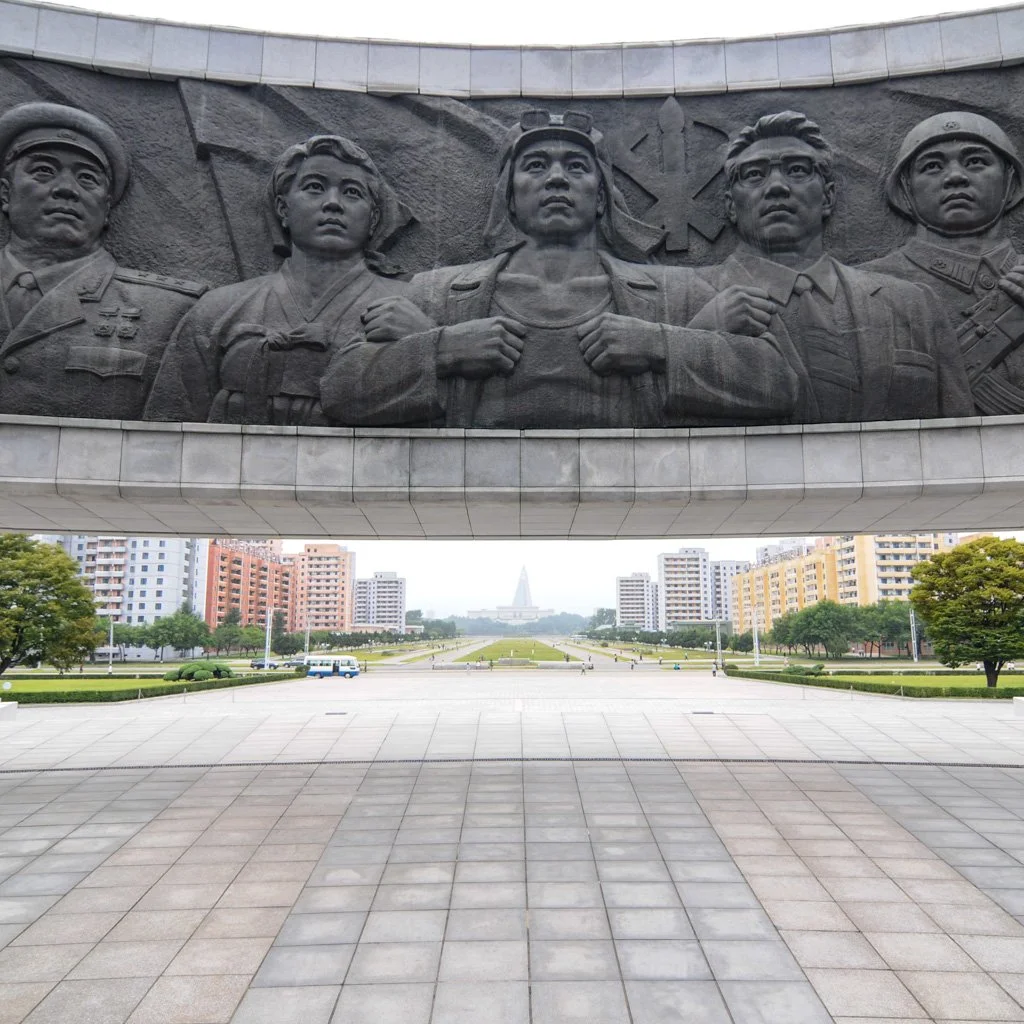(August 2014) Construction continues in Rason, at the oldest North Korean Special Economic Zone, with the help of the Chinese
In March last year, DPRK approved a new Special Economic Zone (SEZ) policy that saw the designation of multiple SEZs across the country. This was unveiled to Western press with relative fanfare through a conference organized in Pyongyang in October that year. Supposedly spearheading this initiative was the new State Economic Development Commission (SEDC). As of early this year, it still remains uncertain how exactly the institutional setup for SEZ management will look like, with multiple layers of institutions and authorities claiming some affiliation with zone management and investment attraction for the zones. For an excellent summary of SEZ initiatives in DPRK, check out Brad Babson’s piece in 38North.
The SEDC appears to be a mishmash of several departments that were moved over from the Joint Venture & Investment Commission (JVIC), alongside the repurposing of a body under the Cabinet known as the State Economic Development Bureau. The SEDC Chairman is reportedly Kim Ki Sok, who previously was a vice-Chairman at JVIC.
Given the fluid institutional basis for many of the new economic institutions in North Korea, it is even possible that the SEDC and JVIC could be merged again at some point in the future.
From a policy standpoint, it is not immediately obvious that a separate and new organization should manage SEZs. After all, if JVIC is pitching itself as a one-stop shop for investors, investors should have access to information on all the potential investment avenues. Was the SEDC carved out of JVIC because investment amounts attracted by JVIC did not match up to expectations? Did ambitious individuals, who decided they could carve out their own economic fiefdom, set up the SEDC, or was it founded based on a conscious policy of strengthening development initiatives and empowering investment attraction efforts? Should efforts focus on strengthening existing investment attraction bodies, rather than the constant reshuffle and establishment of new entities? These are key questions that we need to study to understand the trajectory of North Korea’s economic initiatives. Both JVIC and SEDC, alongside many other entities, claim overlapping jurisdictions over investments into these new zones.
Supposedly, the SEDC has undergone significant management changes since Jang’s purge. Jang Sung Taek was rumored to be closely affiliated with the SEDC’s formation. Was this true? And if so, did his execution permanently impair this new entity? What does this mean for the future of SEDC? Will a new team take over its management and be given significant powers, or will SEDC be winded down or reabsorbed back into JVIC?
Let’s see what 2014 brings for this latest contender in the investment game. The field is often filled with high-profile contenders who have often faded into obscurity. Remember the Taepung group?



